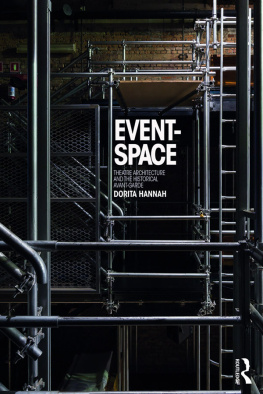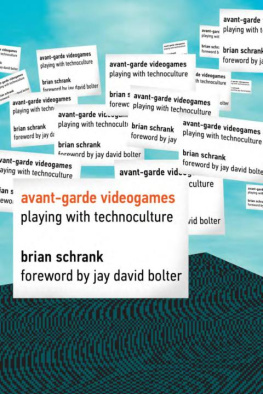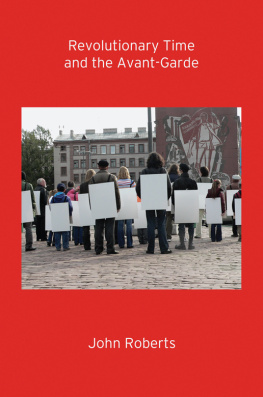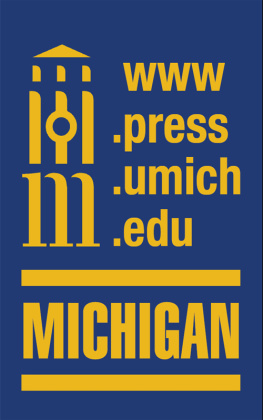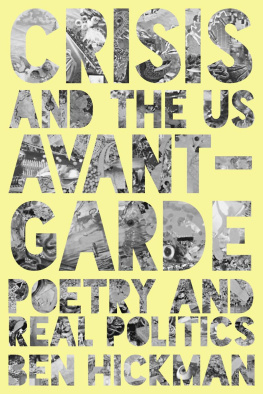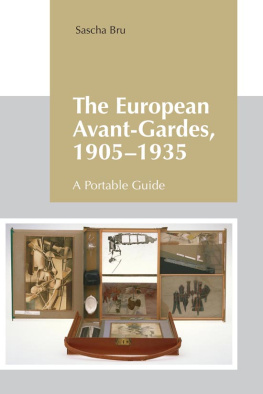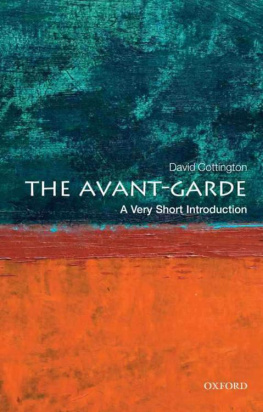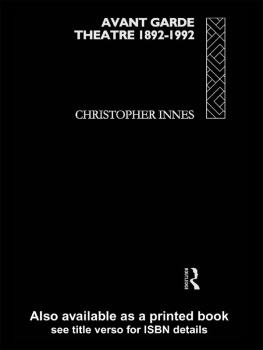Event-Space
As the symbolists, constructivists and surrealists of the historical avant-garde began to abandon traditional theatre spaces and embrace the more contingent locations of the theatrical and political event, the built environment of a performance became not only part of the event, but an event in and of itself.
Event-Space radically re-evaluates the avant-gardes championing of nonrepresentational spaces, drawing on the specific fields of performance studies and architectural studies to establish a theory of performative architecture.
Event was of immense significance to theatres revolutionary agenda, resisting realism and naturalism and, simultaneously, the monumentality of architecture itself. Event-Space analyzes a number of spatiotemporal models central to that revolution, both illuminating the history of avant-garde performance and inspiring contemporary approaches to performance space.
Dorita Hannah works across the spatial, visual and performing arts as a scholar and design practitioner specializing in theatre architecture and performance design. She is a Professor affiliated with the University of Auckland (New Zealand), University of Tasmania (Australia) and Aalto University (Finland).
Event-Space
Theatre Architecture and the Historical Avant-Garde
Dorita Hannah
with original photography by Marc Goodwin
Publication of this book has been aided by a grant from the Millard Meiss
Publication Fund of the College Art Association.


First edition published 2019
by Routledge
2 Park Square, Milton Park, Abingdon, Oxon, OX14 4RN
and by Routledge
711 Third Avenue, New York, NY 10017
Routledge is an imprint of the Taylor & Francis Group, an informa business
2019 Dorita Hannah
The right of Dorita Hannah to be identified as author of this work has been asserted by her in accordance with sections 77 and 78 of the Copyright, Designs and Patents Act 1988.
All rights reserved. No part of this book may be reprinted or reproduced or utilised in any form or by any electronic, mechanical, or other means, now known or hereafter invented, including photocopying and recording, or in any information storage or retrieval system, without permission in writing from the publishers.
Trademark notice: Product or corporate names may be trademarks or registered trademarks, and are used only for identification and explanation without intent to infringe.
British Library Cataloguing-in-Publication Data
A catalogue record for this book is available from the British Library
Library of Congress Cataloging-in-Publication Data
Names: Hannah, Dorita, author.
Title: Event-Space : theatre architecture and the historical avantgarde / Dorita Hannah.
Description: New York : Routledge, 2018. | Includes bibliographical references.
Identifiers: LCCN 2017047491 | ISBN 9780415832168 (hardback) | ISBN 9780415832175 (pbk.) | ISBN 9780203491553 (ebook)
Subjects: LCSH: Experimental theaterHistory20th century. | Theater architecture. | Experimental drama20th century History and criticism.
Classification: LCC PN2193.E86 H36 2018 | DDC 792.02/2dc23
LC record available at https://lccn.loc.gov/2017047491
ISBN: 9780415832168 (hbk)
ISBN: 9780415832175 (pbk)
ISBN: 9780203491553 (ebk)
Typeset in Minion Pro
by Apex CoVantage, LLC
To my beloved parents, John (19342006) and Catherine Hannah.
Contents
Note: All images by Marc Goodwin are subject to copyright by the photographer. In addition, every endeavour has been made to identify and secure permission for those figures for which it is required. Any parties wishing to discuss or query the rights to unsourced figures should contact the publishers directly.
The tendency of twentieth century art is to revolve around the act rather than the work, because the act, as the intense power of beginning, can only be thought in the present.
Badiou: The Century, 136
Referring to its many avant-gardes, Alain Badiou suggests that the 20th century managed through its artists, scientists, militants and lovers to be Action itself. Perhaps the problem lies in nomenclature, in which the word architecture belongs to a discrete profession protected by law whose principal focus is on the art and practice of designing and constructing buildings and infrastructure rather than environments and experiences, including a tendency to silo itself as an occupation detached from the other arts? Rather than theatre or architecture we could focus on performance and space in order to consider spatial performativity, generally, and performance space, specifically.
This book emerged from the desire to provide a much-needed text for those contemplating the design of performing arts venues without immediately deferring to typological preconceptions of theatre architecture. Loosening the term to come adrift in a more expanded notion of performance space allows us to consider the part such environments are capable of playing in shaping and staging live events. This dynamic is aligned to the delineation established by British philosopher J. L. Austin between the constative (descriptive) and the performative (active) in language, whereby locations, like certain utterances (referred to as speech acts), can take on effective and affective roles. Buildings are no longer perceived as works of architecture but as spatial action itself as spacing!
Favouring an experiential rather than tectonic approach to performing arts environments encourages interconnections between the discursive and spatial practices of architects, performance-makers and the public. But, as we all know, space, which floats around and through our tenuous connections to a rational framework, is itself a nebulous word. Yet whether a suspended pause, a blank area, an empty room, a discursive realm or a limitless cosmos space performs. Pondered over centuries by philosophers, scientists, artists and dramatists, this complex and elusive term denotes the fundamental immaterial-material that designers utilize to create sites for theatrical performance. It is the stuff of architects (who construct it) and scenographers (who abstract it); experienced by inhabitants (immersed in it) and spectators (who tend to regard it). As much a social construction as a physical one, space is a performative medium, and therefore an inherently active entity, which acts on, and is activated by, its occupants who need not be physically present within it.
Event-Space therefore aims to establish a general theory of spatial performativity through the specificity of performance space: insisting that the built environment housing the event is itself an event. In this case, theatre architecture is the vehicle for such an exploration: theorized principally through the concepts and practices of Europes historical avant-garde whose militant reaction against theatrical realism and naturalism was also an attack on architecture; resisting its undeniable monumentality, materiality and stability in pursuit of alternative sites for performance. Out of this study spatiotemporal models have emerged that not only illuminate avant-garde history but also, hopefully, inspire new approaches to contemporary performance space.

